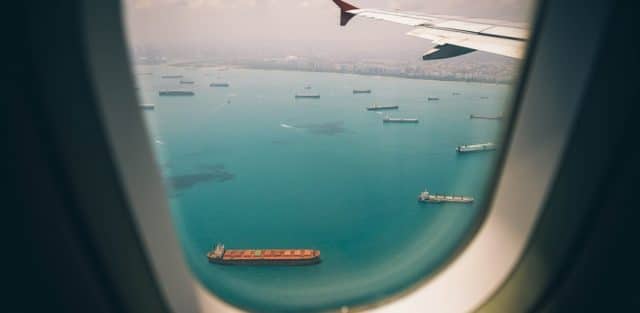OCEANIC AIRSPACE

The Oceanic Airspace Hotspots
The Gander Oceanic Flight Information Region (CZQX) and Shanwick FIR (EGGX) cover the airspace above the North Atlantic, which links Europe and North America, and is the busiest oceanic airspace in the world. The airspace designated as Oakland OCA/FIR (KZAK) currently covers most parts of the Pacific Ocean. Flights, regardless of flying private or with a commercial airline, that are planned through oceanic airspace must also obtain a separate oceanic clearance from the Flight Information Region. This must be made between 30-90 minutes prior to the ETA of the oceanic entry point (via voice or datalink). It is the responsibility of the oceanic controller to ensure that all aircraft enter oceanic airspace properly spaced and remain spaced throughout the crossing.Considered international airspace, this is the airspace over the oceans of the world. Whether flying private or not, oceanic airspace is subject to ICAO (International Civil Aviation Organization) procedures and regulations.
Oceanic airspace is divided into Oceanic Information Regions, and delegated to a controlling authority bordering that region. Parts of these regions may be deemed controlled airspace and, where appropriate, classified as an Oceanic Control Area (OCA). The division among authorities is done by international agreement through the ICAO.
The Oceanic Airspace Hotspots
The Gander Oceanic Flight Information Region (CZQX) and Shanwick FIR (EGGX) cover the airspace above the North Atlantic, which links Europe and North America, and is the busiest oceanic airspace in the world.
The airspace designated as Oakland OCA/FIR (KZAK) currently covers most parts of the Pacific Ocean.
Flights, regardless of flying private or with a commercial airline, that are planned through oceanic airspace must also obtain a separate oceanic clearance from the Flight Information Region. This must be made between 30-90 minutes prior to the ETA of the oceanic entry point (via voice or datalink).
It is the responsibility of the oceanic controller to ensure that all aircraft enter oceanic airspace properly spaced and remain spaced throughout the crossing.








